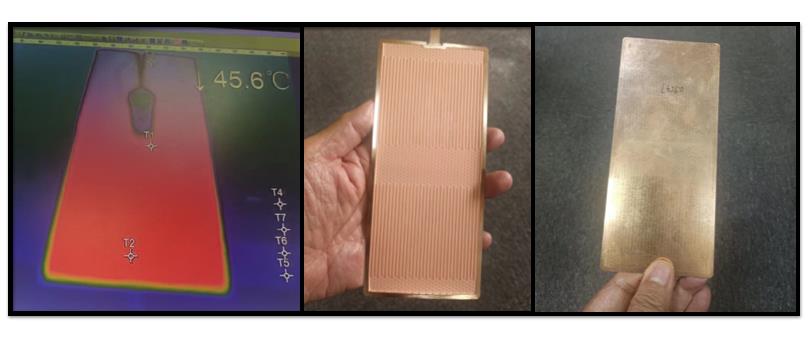NeoGene Tech, a Guangzhou-based technology platform provider for mobile device thermal management, has unveiled a breakthrough solution for ultra-high-packaging-density power battery module, which has a very simple cell and vapor chamber integration structure to simultaneously solve the thermal management issues in both excessively high- and low-temperature battery operation scenarios.
It is known that power batteries are extremely sensitive to either excessively high or low temperatures. Battery cells charge and discharge in both high- and low-temperature scenarios will significantly result in short supply of energy, reduction of lifespan and fast degradation. High power density, as well as high packaging density along with better thermal management as well, is always the goal for power battery module development.
Once the battery cells are assembled together in very high density, the heat dissipation will become a very tough issue. On the other hand, operating the power battery module in a low-temperature environment is also necessary to warm up the cells to a better operation temperature in advance. Considering heat dissipation and heating functions together, the total size of the battery module is becoming big and the structure is also becoming more complex.
"NeoGene Tech's approach is to integrate multiple high energy density pouch cells and large-area, double-side wick structured, heat-pipe-array, ultra-thin vapor chamber with self-heating function together in high-density assembly to conduct both heat dissipation and self-heating in different scenarios of operating temperature," said Jeffrey Chen, CEO of NeoGene Tech.
"The ultra-thin vapor chamber was designed based on NeoGene Tech's MagicWick-Inside Technology Platform, and the porous wick structures inside the vapor chamber were made by the print wick structuring (PWS) approach. The thickness of the ultra-thin vapor chamber devices is only 0.6mm like multiple flattened micro heat pipes that are parallel assembled together as an array and the temperature difference (Delta T) between evaporator and condenser can be controlled at around 1 degree C. The vapor chamber is seamlessly assembled and integrated with lithium-ion pouch cells and the heat generated in the evaporator area and being dissipated and exchanged by two heat sinks coupled on the two sides of the condenser area of the vapor chamber. On the surface of the vapor chamber, a heating circuit formed by thick film printing and sintering technology that enables cells to warm up in low-temperature scenario," said Chen.
"We are targeting the high-end market first with our technology. Once the applications need an ultra-compact and ultra-high power density and superior thermal management, we will take advantage in such an area. Collaborating with world-class high-energy density lithium-ion cell manufacturers as well as BMS solution providers will be creating a win-win-win situation. Achieving another record-breaking in power density and the charge-discharge cycle will be foreseen in near future," said Chen.

Photo: NeoGene Tech



